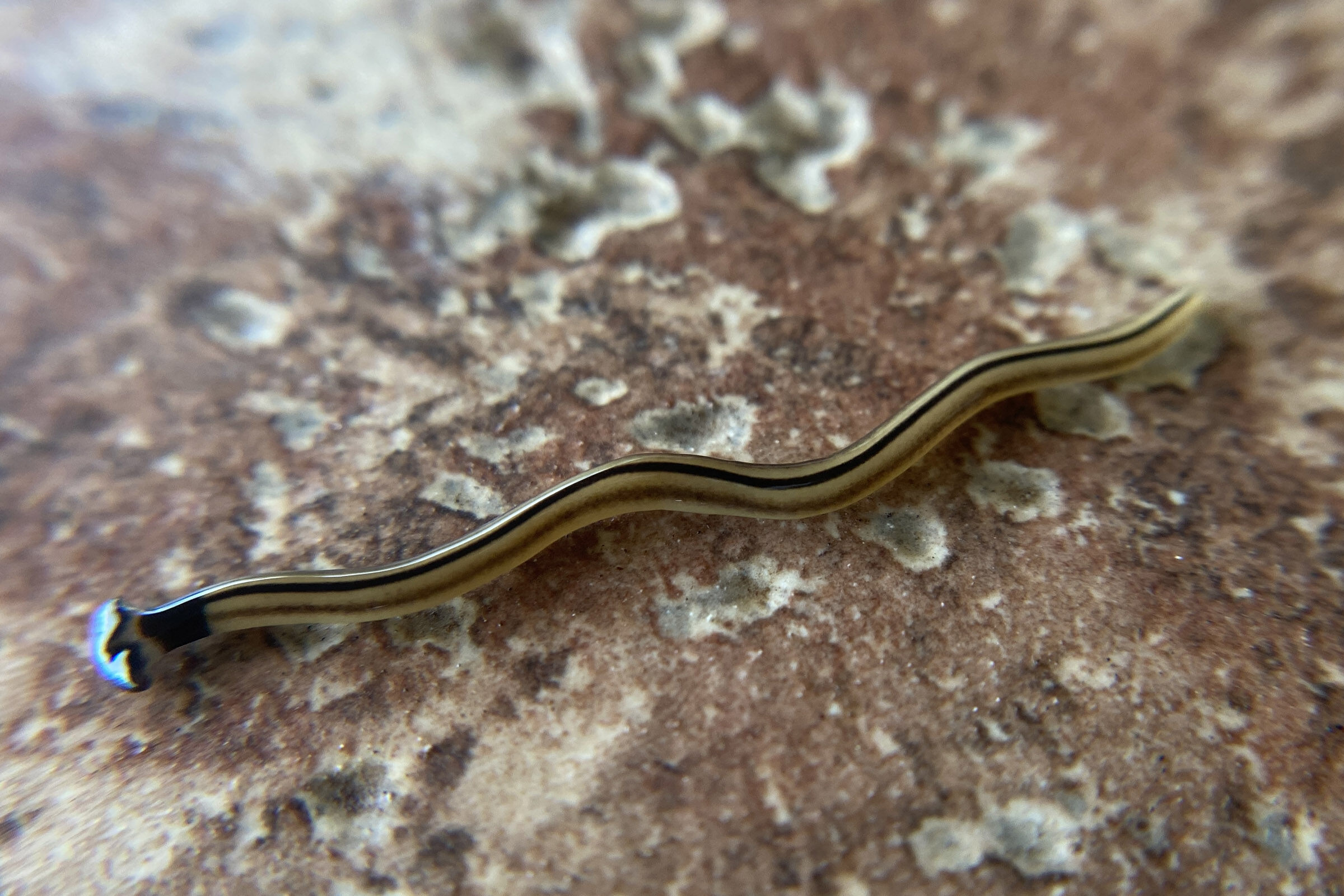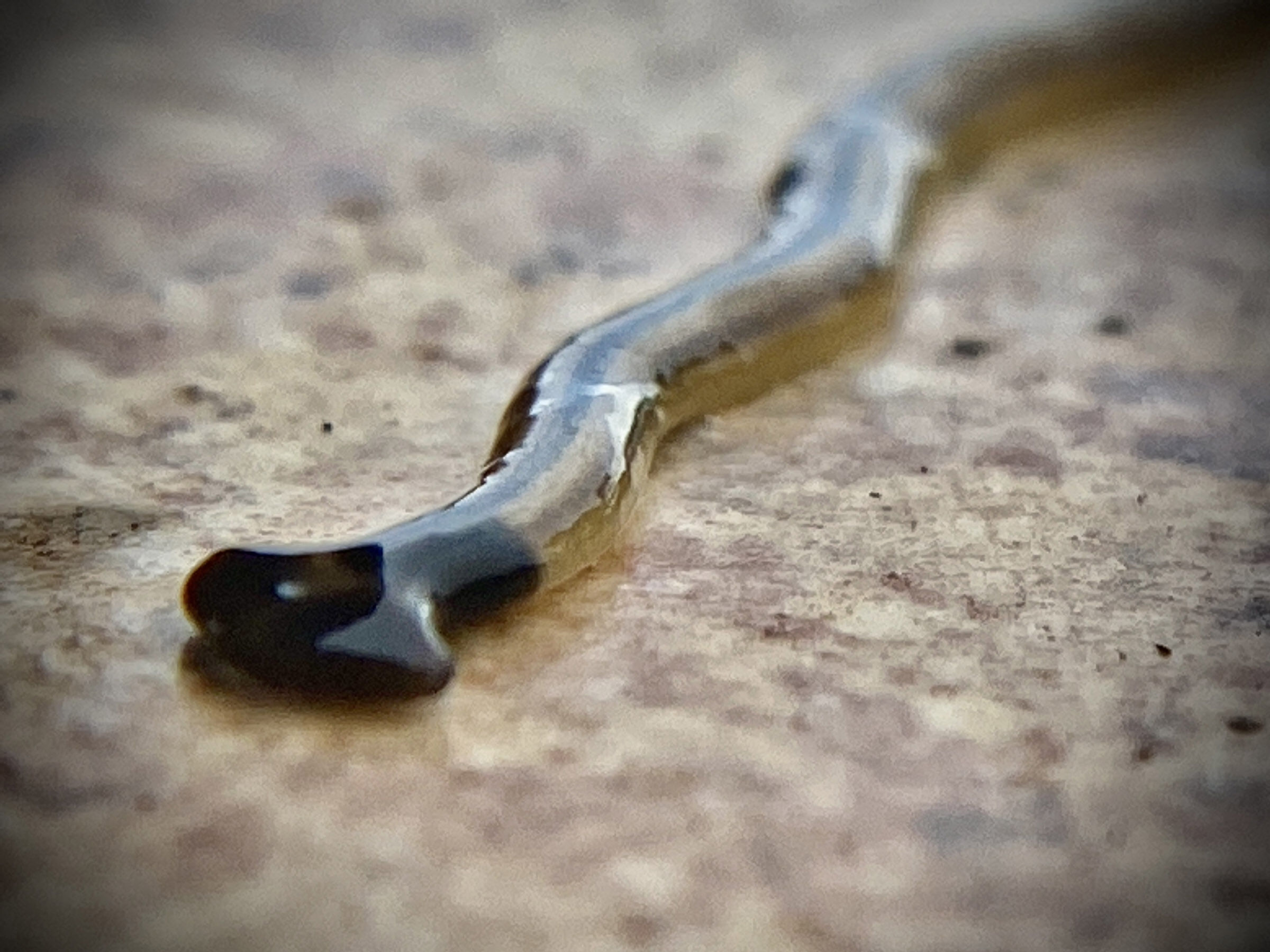Have you ever wondered whether worms are classified as bugs? This question sparks curiosity among nature enthusiasts, scientists, and even casual observers. The classification of worms as bugs has been a topic of debate for years, and understanding their true nature requires a deeper dive into their biology, characteristics, and ecological roles.
Worms are often seen in our gardens, under rocks, or even in petri dishes in biology labs. Their presence is undeniable in ecosystems worldwide, yet their classification remains a point of interest for many. Are worms a bug? This article aims to unravel the mystery while providing comprehensive insights into their role in the environment.
As we explore this topic, we'll examine the scientific definitions, compare worms to insects, and analyze why worms are not classified as bugs. By the end of this article, you'll have a clear understanding of what makes worms unique and why they deserve their own classification in the animal kingdom.
Read also:What Is Freeze Dance A Comprehensive Guide To The Fun And Engaging Activity
Table of Contents
- Introduction
- What Makes a Worm?
- What Defines a Bug?
- Comparing Worms and Bugs
- Types of Worms
- The Ecological Role of Worms
- Benefits of Worms in Ecosystems
- Common Myths About Worms
- Scientific Studies on Worms
- Conclusion
What Makes a Worm?
Worms are fascinating creatures that belong to various phyla in the animal kingdom. They are elongated, soft-bodied invertebrates that lack limbs. While they share some similarities with insects, worms differ significantly in terms of anatomy and function. To understand whether worms are bugs, we must first explore their classification.
Scientifically, worms are grouped into several categories, including annelids (segmented worms), nematodes (roundworms), and platyhelminthes (flatworms). Each group has distinct characteristics that set them apart from insects and other arthropods. For instance, annelids like earthworms have segmented bodies, while nematodes are unsegmented and cylindrical.
Key Features of Worms
- Elongated body shape
- Soft, flexible structure
- Lack of limbs or appendages
- Varied habitats, ranging from soil to water
- Important roles in decomposition and nutrient cycling
These features highlight the uniqueness of worms and underscore their importance in ecosystems. By examining their anatomy and behavior, we can better understand why worms are not considered bugs.
What Defines a Bug?
Bugs, or insects, belong to the class Insecta within the phylum Arthropoda. They are characterized by their three-part body structure (head, thorax, and abdomen), six legs, and often wings. Insects play crucial roles in pollination, decomposition, and food chains. While some insects may resemble worms in appearance, their classification is entirely different.
The term "bug" is often used loosely to describe any small crawling creature, but scientifically, it refers specifically to insects. Bugs have exoskeletons made of chitin, which provides structural support and protection. This is a key distinction from worms, which lack exoskeletons and rely on their soft bodies for movement.
Read also:Game Of Thrones Chaplin A Comprehensive Guide To The Iconic Series
Characteristics of Bugs
- Three-part body structure
- Six legs
- Exoskeleton made of chitin
- Often possess wings
- Complex sensory organs
Understanding the defining traits of bugs helps clarify why worms do not fall under this classification. The differences in anatomy, physiology, and ecological roles are significant.
Comparing Worms and Bugs
While worms and bugs may seem similar at first glance, a closer examination reveals substantial differences. Both groups are invertebrates, but their evolutionary paths have diverged significantly. Worms and bugs occupy distinct niches in ecosystems and contribute differently to environmental processes.
Anatomical Differences
One of the most obvious distinctions between worms and bugs lies in their anatomy. Worms have elongated, cylindrical bodies with no limbs or appendages. In contrast, bugs have segmented bodies with six legs and often wings. Additionally, worms lack respiratory systems and rely on their skin for gas exchange, whereas bugs have specialized respiratory structures called tracheae.
Ecological Roles
Worms play a vital role in soil health and nutrient cycling. Earthworms, for example, aerate the soil and break down organic matter, enriching it with nutrients. Bugs, on the other hand, contribute to pollination, pest control, and decomposition. While both groups are essential to ecosystems, their functions are complementary rather than overlapping.
Types of Worms
The world of worms is incredibly diverse, encompassing thousands of species across various phyla. Understanding the different types of worms can help clarify why they are not classified as bugs. Below are some of the most common types of worms:
1. Annelids
Annelids, or segmented worms, include earthworms, leeches, and marine worms. These creatures have bodies divided into segments, each containing a set of organs. Annelids are vital to soil ecosystems and aquatic environments.
2. Nematodes
Nematodes, or roundworms, are microscopic worms found in soil, water, and even inside other organisms. They play important roles in decomposition and are sometimes parasitic.
3. Platyhelminthes
Platyhelminthes, or flatworms, include planarians, tapeworms, and flukes. These worms are dorsoventrally flattened and often parasitic. While some species are free-living, many depend on hosts for survival.
The Ecological Role of Worms
Worms are unsung heroes of the natural world, performing essential tasks that sustain ecosystems. Their contributions to soil health, nutrient cycling, and food chains cannot be overstated. By burrowing through soil, earthworms improve aeration and water infiltration, creating ideal conditions for plant growth.
Soil Health
Earthworms are often referred to as "nature's plow" due to their ability to aerate and enrich soil. They consume organic matter, breaking it down into nutrient-rich castings that benefit plants. This process, known as vermicomposting, is widely used in sustainable agriculture.
Water Ecosystems
Marine worms, such as polychaetes, are crucial to aquatic ecosystems. They filter water, consume detritus, and provide food for fish and other marine organisms. Their presence contributes to the overall health of aquatic environments.
Benefits of Worms in Ecosystems
Beyond their ecological roles, worms offer numerous benefits to humans and the environment. Their contributions extend to agriculture, medicine, and even waste management. Understanding these benefits highlights the importance of conserving worm populations.
1. Vermiculture
Vermiculture, or worm farming, is a practice that uses earthworms to convert organic waste into nutrient-rich compost. This sustainable method reduces landfill waste and produces valuable fertilizer for gardens and farms.
2. Medical Applications
Leeches, a type of annelid, have been used in medicine for centuries. Their saliva contains anticoagulants and other compounds that aid in wound healing and blood circulation. Modern medicine continues to explore the potential of leech therapy for various conditions.
3. Environmental Indicators
Worm populations serve as indicators of environmental health. Changes in worm abundance can signal pollution, climate change, or habitat degradation. Monitoring worm populations helps scientists assess the overall health of ecosystems.
Common Myths About Worms
Despite their importance, worms are often misunderstood. Misconceptions about their behavior, anatomy, and ecological roles persist, leading to confusion about their classification. Below are some common myths about worms:
- Myth 1: Worms are insects. Fact: Worms belong to different phyla than insects and lack key insect characteristics.
- Myth 2: All worms are harmful. Fact: Most worms are beneficial, contributing positively to ecosystems.
- Myth 3: Worms can survive being cut in half. Fact: While some worms can regenerate lost segments, they cannot survive being completely bisected.
Dispelling these myths helps foster a greater appreciation for worms and their vital roles in nature.
Scientific Studies on Worms
Research on worms has advanced our understanding of their biology, ecology, and evolutionary history. Scientists study worms to uncover insights into genetics, behavior, and environmental adaptation. Below are some notable studies and findings:
1. Genetic Research
Studies on nematodes, particularly Caenorhabditis elegans, have provided valuable insights into genetics and developmental biology. This species serves as a model organism for research on aging, disease, and gene expression.
2. Climate Change Impact
Research indicates that climate change affects worm populations, particularly in soil ecosystems. Changes in temperature and moisture levels can alter worm behavior and distribution, impacting ecosystem health.
3. Conservation Efforts
Efforts to conserve worm populations focus on protecting habitats, reducing pollution, and promoting sustainable land use practices. These initiatives aim to ensure the continued survival of worms and the ecosystems they support.
Conclusion
In conclusion, worms are not classified as bugs due to significant differences in anatomy, physiology, and ecological roles. While both groups are vital to ecosystems, their unique characteristics set them apart. Understanding the distinctions between worms and bugs enriches our appreciation for the diversity of life on Earth.
We encourage readers to share this article and explore other resources on worm biology and conservation. By spreading awareness, we can promote the protection of these incredible creatures and the ecosystems they sustain. Leave a comment below to share your thoughts or ask questions about worms!



